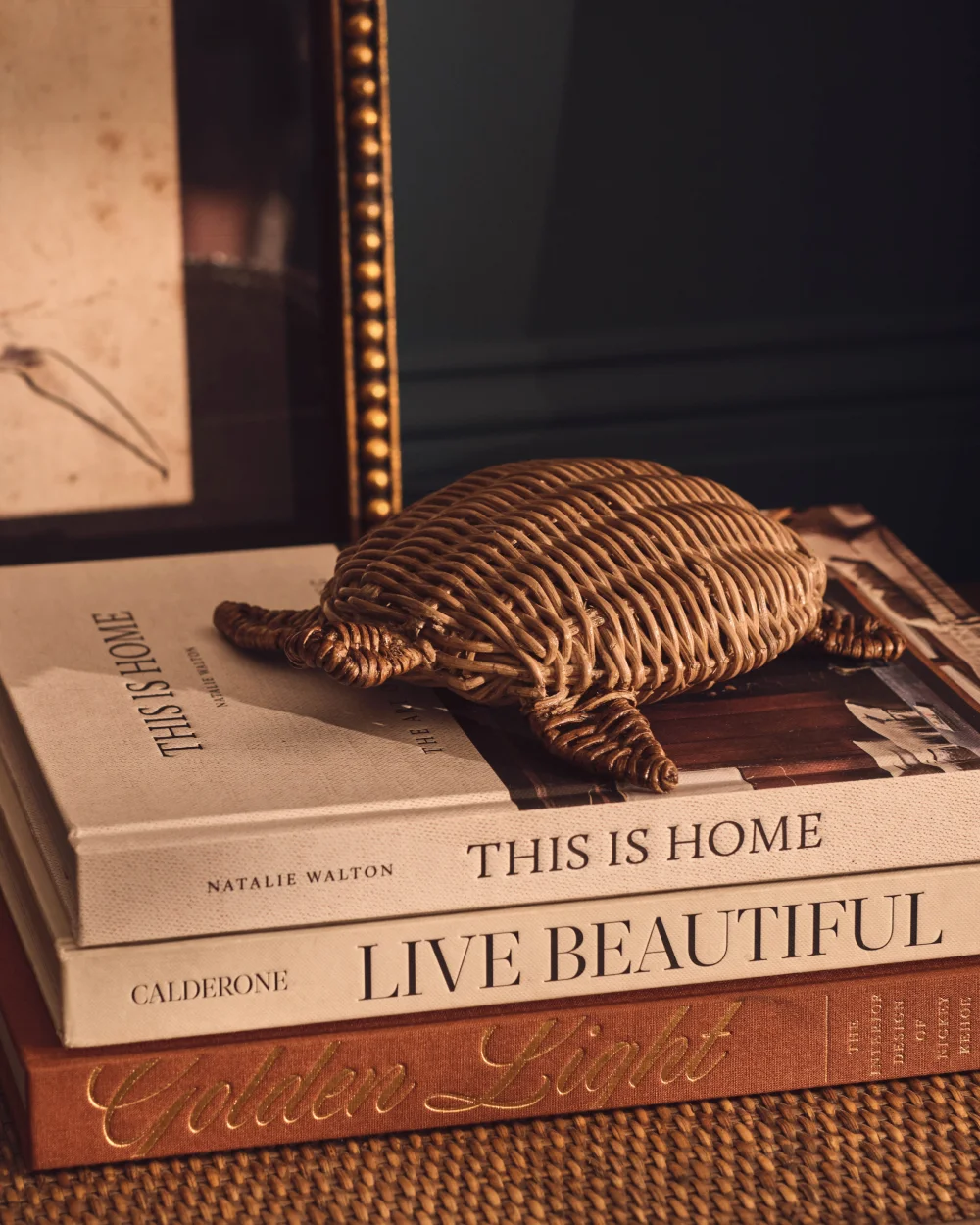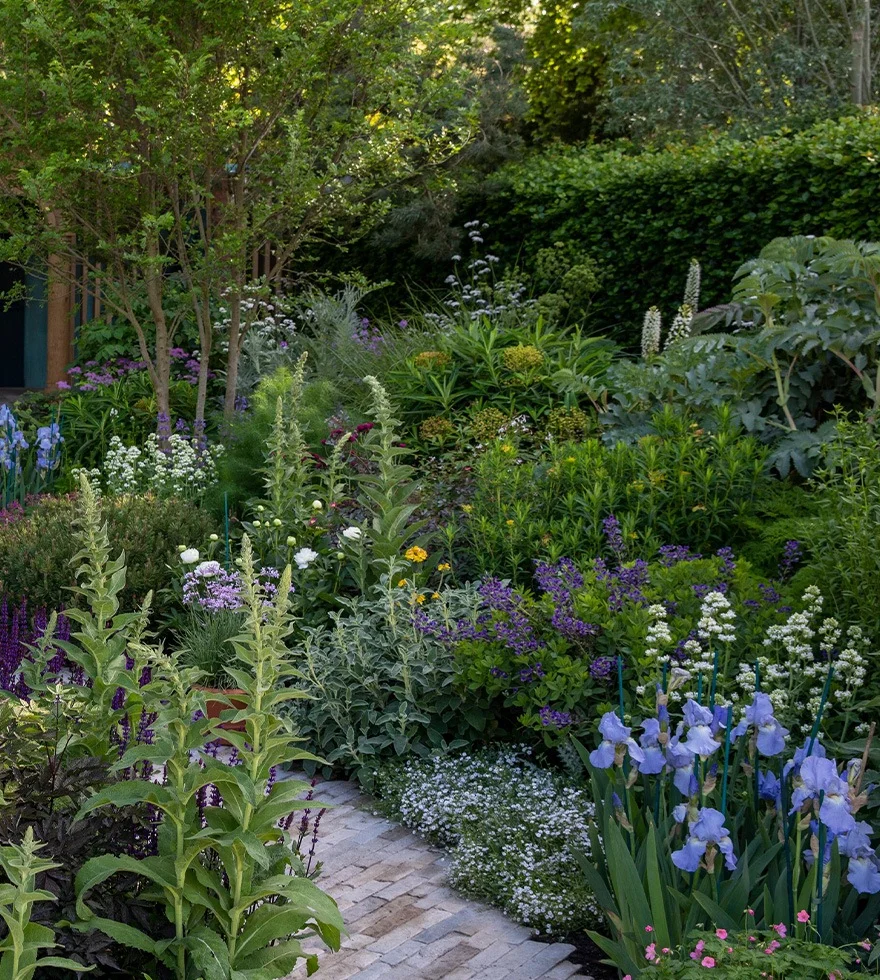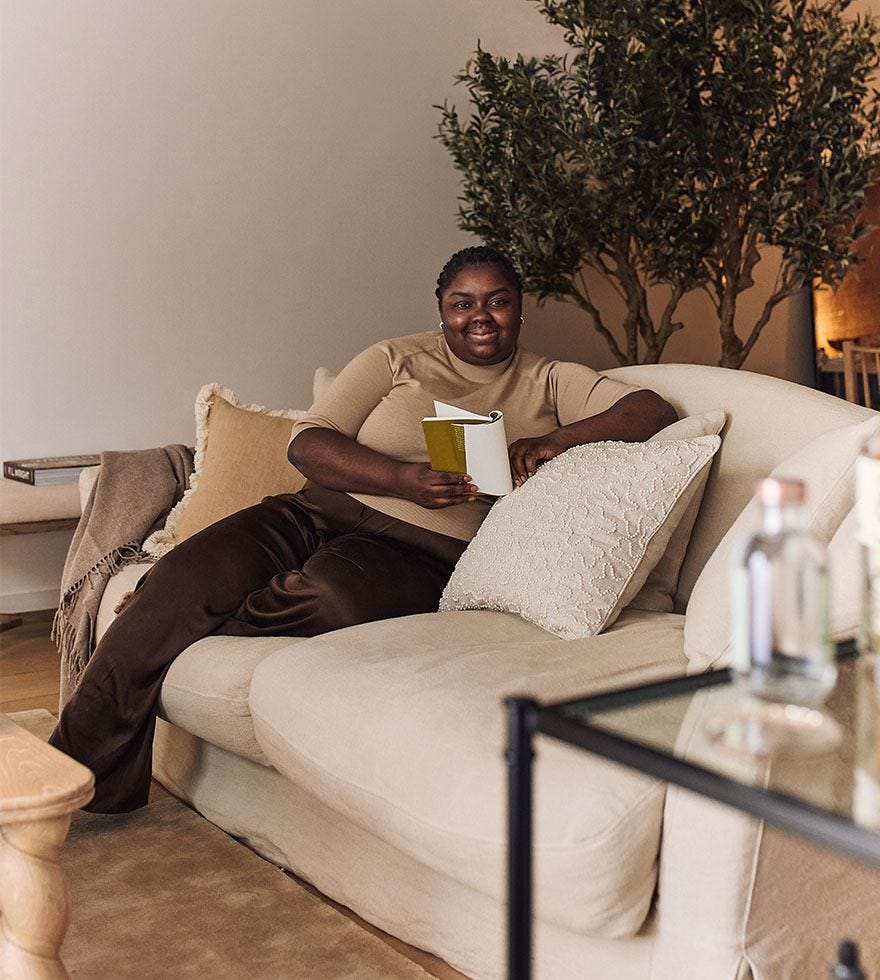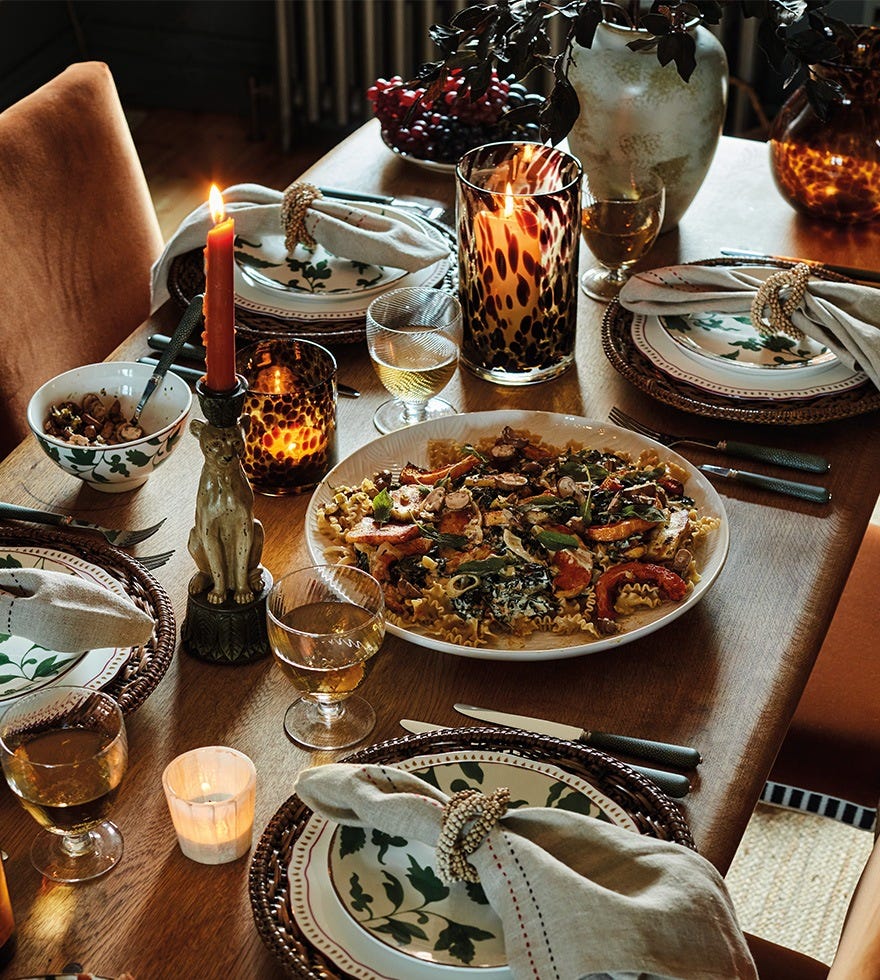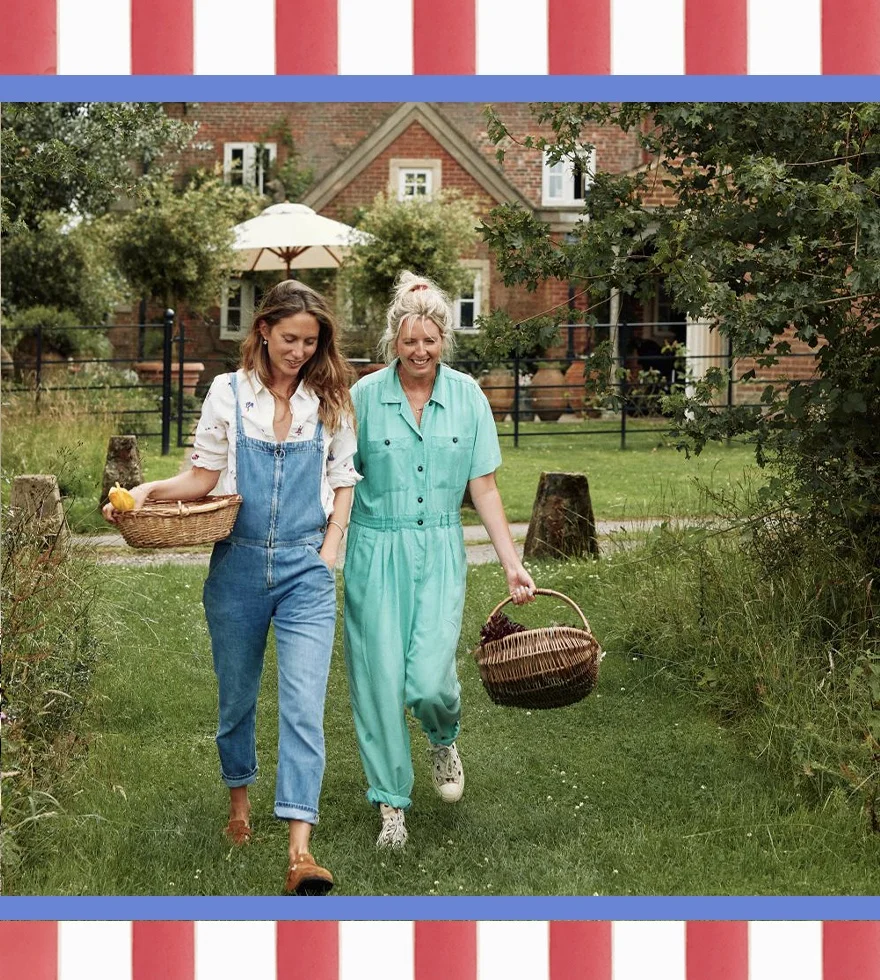Lifestyle
-
Posted: 07 May 2025Categories: Lifestyle
Rattan: Everything You’ve Ever Wanted To Know
Read moreRattan was where it all began for us; when our Founders launched OKA in 1999, and it has taken pride of place among our designs – and in our homes – ever since.
-
Posted: 01 May 2024Categories: Lifestyle
Our Guide to Visiting Chelsea for the 2024 Flower Show
Read moreEverything you need to know ahead of the RHS Chelsea Flower Show 2024, from dress codes to dining destinations.
-
Posted: 07 January 2024Categories: Lifestyle
How Abisola Omole Created a Calm and Peaceful Home
Read moreTaking cues from Malibu beach houses and traditional English country homes, the Creative Director and Founder of lifestyle brand Studio Arva designed her interiors with relaxation in mind.
-
Posted: 10 October 2023Categories: Lifestyle
Story of My Home with Wiggy Hindmarch
Read moreThe founder of fashion brand Wiggy Kit talks riverside views in London and beach parties in the Bahamas.
-
Posted: 07 October 2023Categories: Lifestyle
Easy Autumn Recipes by Rosie Birkett
Read moreThe food writer, stylist and cookbook author shares two simple and delicious dishes to make using the season’s bounty.
-
Posted: 14 September 2023Categories: Lifestyle
The OKA Guide to the Brompton Design District 2023
Read moreWe’re delighted to be a part of one of London Design Festival’s dedicated design districts. Discover our must-see events this year.
-
Posted: 16 August 2023Categories: Lifestyle
Tart London’s Guide to Hosting this Bank Holiday Weekend
Read moreJemima Jones and Lucy Carr-Ellison, Co-Founders of British catering company Tart London, share their outdoor feasting and decorating tips.
-
Posted: 16 August 2023Categories: Lifestyle
Tart London’s Bank Holiday Recipes
Read moreLucy Carr-Ellison and Jemima Jones share three recipes that are perfect for late summer get-togethers.
-
Posted: 24 May 2023Categories: Lifestyle
A Flower-Filled Table Created by Hazel Gardiner
Read moreWe visited the acclaimed floral designer at home, where she dreamt us up a beautiful tabletop using our faux stems.


